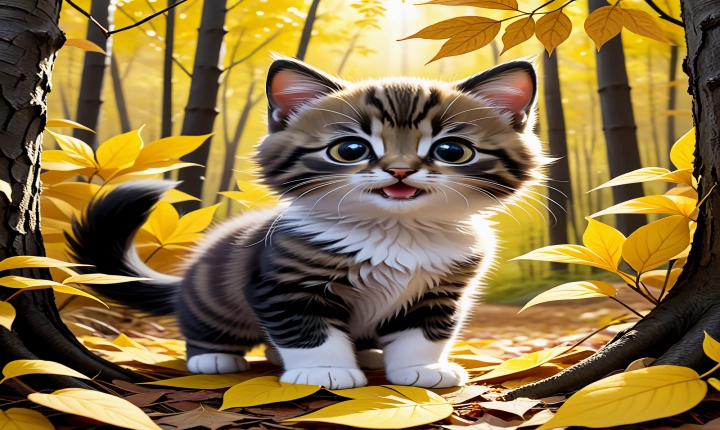Title: How to Edit AI Art: A Step-by-Step Guide
Introduction
Artificial intelligence (AI) has revolutionized the way art is created, offering new tools and techniques for artists to experiment with. AI-generated artwork often presents a blend of technology and creativity, producing unique and captivating pieces that push the boundaries of traditional art forms. While AI-generated art can be stunning in its original form, there are times when artists may want to edit and refine the output to better align with their vision. In this article, we will discuss the process of editing AI art, providing a step-by-step guide for artists and creators to enhance and personalize their AI-generated pieces.
Step 1: Selecting the Right AI Tool
The first step in editing AI art is to choose the appropriate AI tool based on the type of artwork you are working with. There is a wide range of AI art platforms available, each offering different features and capabilities. For instance, tools like DeepArt and Runway ML specialize in generating AI art, while others like Adobe Photoshop and Affinity Photo provide editing capabilities specifically designed for manipulating AI-generated images. Understanding the strengths and limitations of each tool will help you make an informed decision on which one to use for editing your AI art.
Step 2: Evaluating the Original Artwork
Before diving into the editing process, it is essential to thoroughly evaluate the original AI-generated artwork. Take note of the elements that you would like to modify, enhance, or remove. This could include adjusting the color palette, refining the composition, or adding new elements to the piece. Understanding the strengths and weaknesses of the original artwork will guide you in making informed decisions during the editing process.
Step 3: Experimenting with Editing Tools
Once you have selected the AI tool and evaluated the original artwork, it is time to experiment with the editing features. This may involve using tools such as layers, filters, blending modes, and adjustment options to modify the artwork. For example, you can use layer masks to selectively apply changes to specific areas of the image, or utilize filters to alter the overall tone and mood. Experimenting with different tools will allow you to explore various possibilities and refine the artwork according to your creative vision.
Step 4: Preserving the Integrity of the Original Art
While editing AI-generated art, it is important to maintain the integrity and essence of the original piece. Even as you make modifications, strive to preserve the core elements that make the artwork unique and compelling. Avoid over-editing or altering the original characteristics of the AI-generated art to ensure that the final result retains its authenticity and originality.
Step 5: Iterative Editing and Feedback
Editing AI art is an iterative process that may involve multiple rounds of adjustments and refinements. After making initial edits, take the time to step back and evaluate the changes. Seek feedback from peers, mentors, or the community to gain different perspectives on the edited artwork. This feedback can provide valuable insights and suggestions for further refining the piece.
Step 6: Finalizing the Edited Artwork
Once you are satisfied with the edits, it is time to finalize the edited AI artwork. This may involve saving the file in the desired format, optimizing it for different platforms or applications, and creating accompanying documentation that outlines the editing process and the artistic decisions made.
Conclusion
Editing AI art offers a dynamic and creative process for artists to personalize and refine AI-generated artwork. By selecting the right AI tool, evaluating the original artwork, experimenting with editing tools, and preserving the integrity of the original art, artists can create captivating and unique pieces that reflect their artistic vision. With an iterative approach and willingness to seek feedback, artists can effectively edit AI art to achieve the desired results. By following this step-by-step guide, artists can confidently navigate the editing process and unleash the full potential of AI-generated art.
